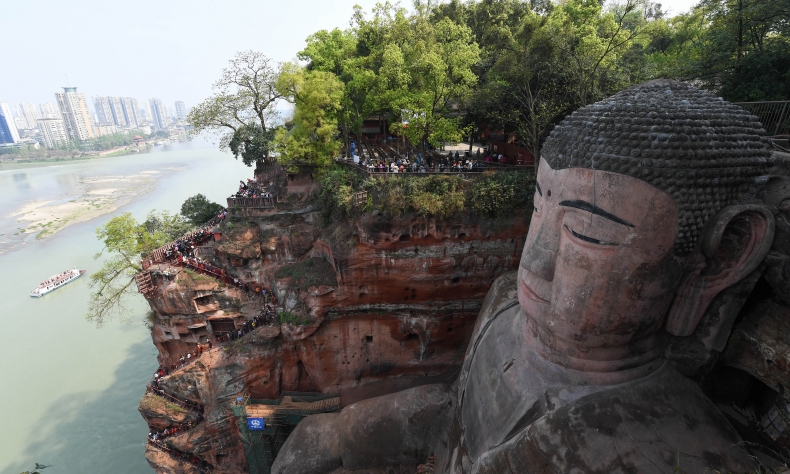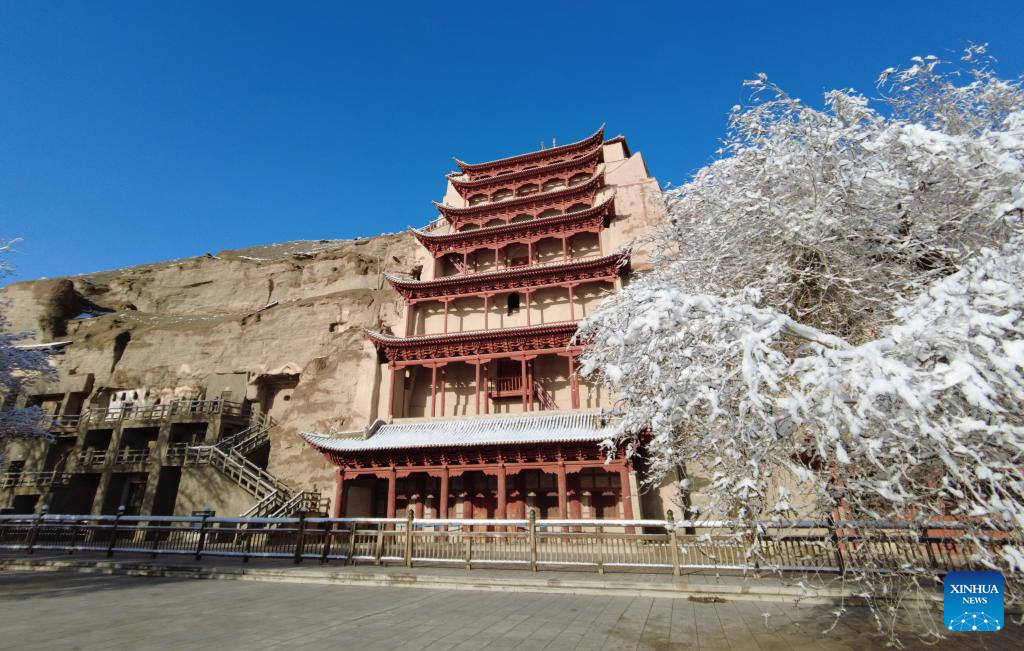China’s Efforts in World Heritage Sites Conservation

The Chinese government has stepped up efforts to arouse public awareness toward the conservation of cultural and natural heritage sites, inspiring their enthusiasm for the cultural relics and encouraging them to contribute their own efforts.
The world’s cultural and natural heritage is an important outcome of the development of human civilization and natural evolution. It is also an important vehicle for the exchanges and mutual learning between civilizations.
With 56 properties inscribed on the UNESCO World Heritage List, China has rich cultural and natural resources. As a country with so many long-standing historical and uniquely natural sites, China has made great endeavors to maintain and strengthen local characteristics to protect its cultural civilization for the benefit of both the current and future generations.
Protection and conservation of heritage sites have not only effectively protected China’s representative geological relics, the gorgeous mountains, forests, and lakes, as well as the rare animal and plant species, but it is also significant for the protection of the country’s cultural relics and historic areas. This thereby brings economic benefits for local governments and the people.
Along with the development of its tourism industry and piquing the interest of visitors from across the world, these increasingly popular world heritage sites are bolstering related industries, such as catering, retail, and transportation. As such, local governments are able to utilize part of their income from these sectors as expenditure for cultural conservation works, such as by recruiting technical experts, purchasing sophisticated tools, and introducing the latest technology to conserve the sites.

Moreover, the Chinese government has stepped up efforts to arouse public awareness toward the conservation of cultural and natural heritage sites, inspiring their enthusiasm for the cultural relics and encouraging them to contribute their own efforts. Since 2006, China has celebrated Cultural Heritage Day on the second Saturday of June. In 2017, it was renamed Cultural and Natural Heritage Day.
In the face of ongoing concerns that an influx of visitors to heritage sites could pose irreversible damage to protected cities, towns, and villages in the long run, China has made great efforts to strike a balance between development and conservation. Part of these efforts is to understand that economic development should never come at the expense of the environment. While the underlying values matter, environmental implications are even more important.
To better ensure balanced development, the country aims to continue to formulate long-term sustainable development plans and strategies, which will ensure that its cultural and natural heritage sites are maintained in good integrity.
It is anticipated that authorities will impose both hard and soft measures to ensure the proper management and operation of cultural and natural heritage sites, and together with the joint efforts of the public and experience learned from other countries, China will continue to pursue sustainable development. This in turn will help it better protect its heritage and make contributions to the conservation of humanity overall.
The author is an assistant professor in the Department of Social Sciences at the Education University of Hong Kong.
 Facebook
Facebook
 Twitter
Twitter
 Linkedin
Linkedin
 Google +
Google +










